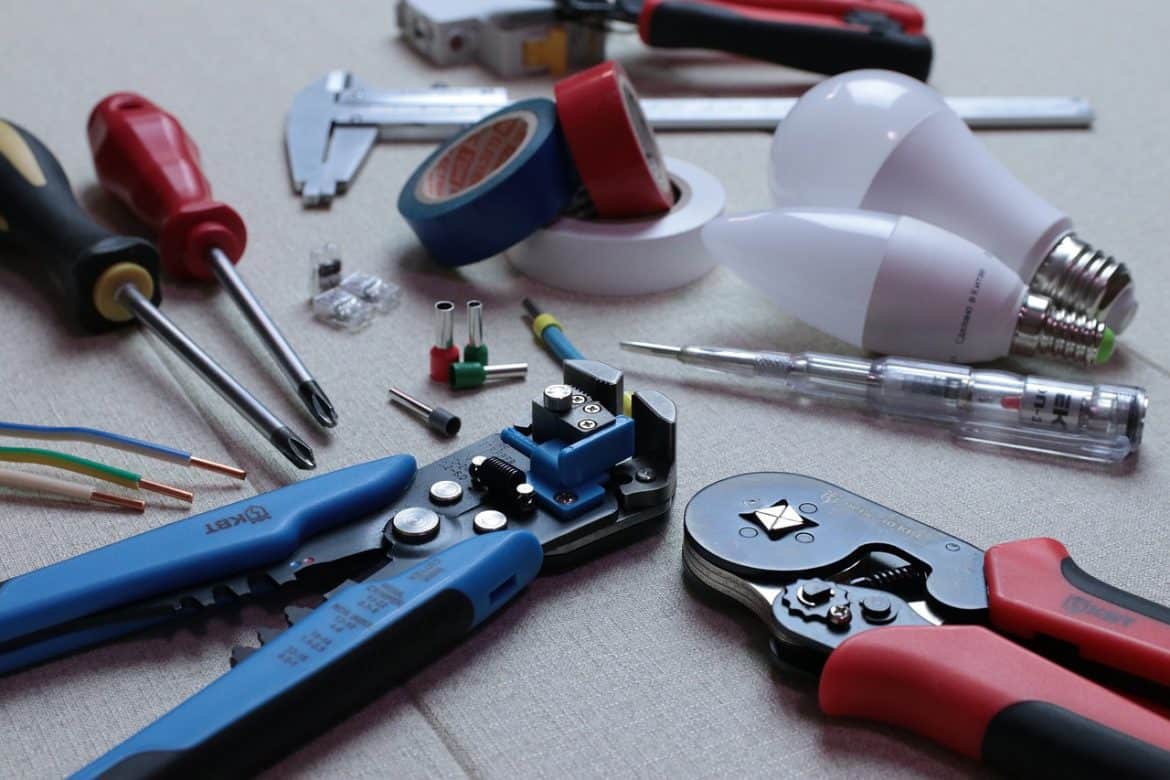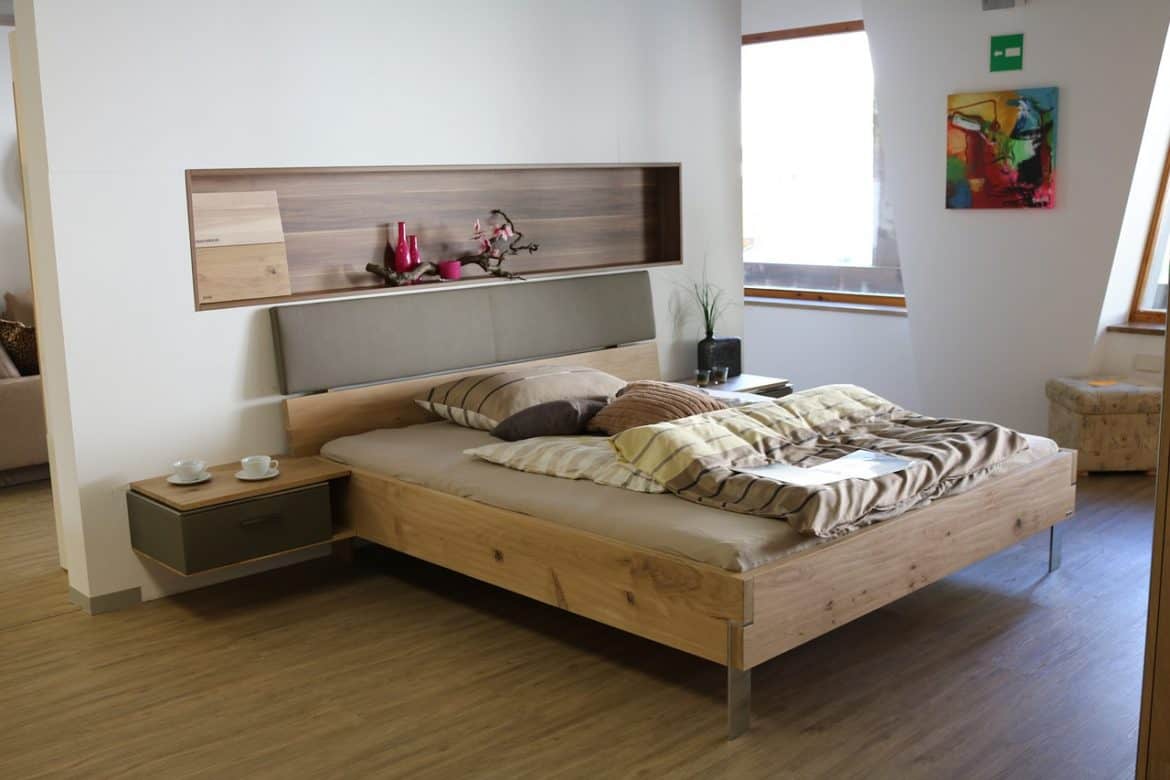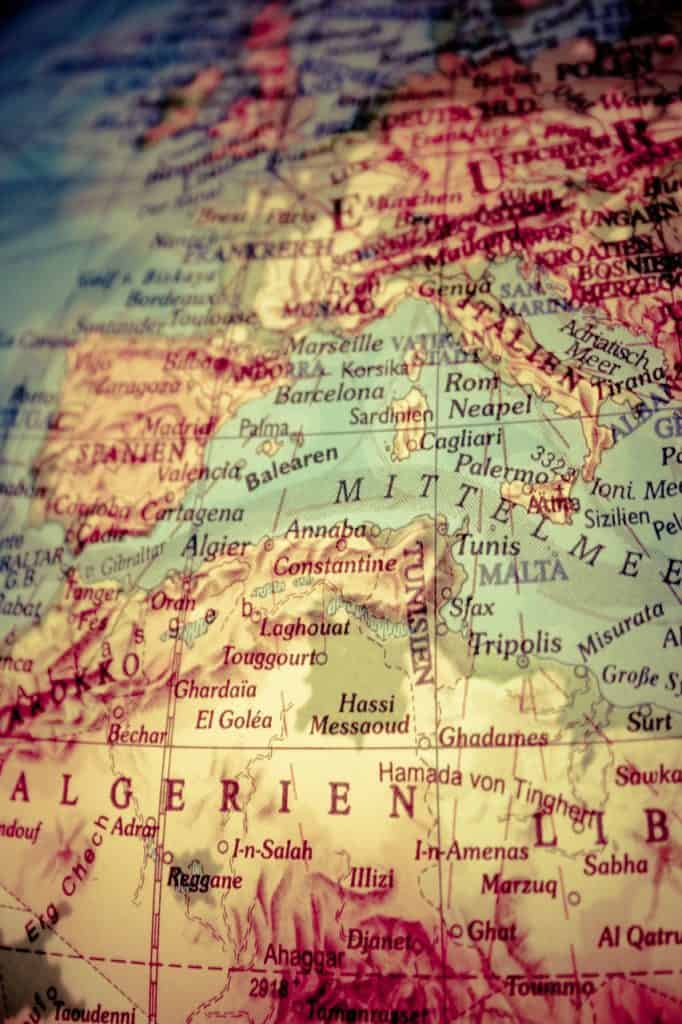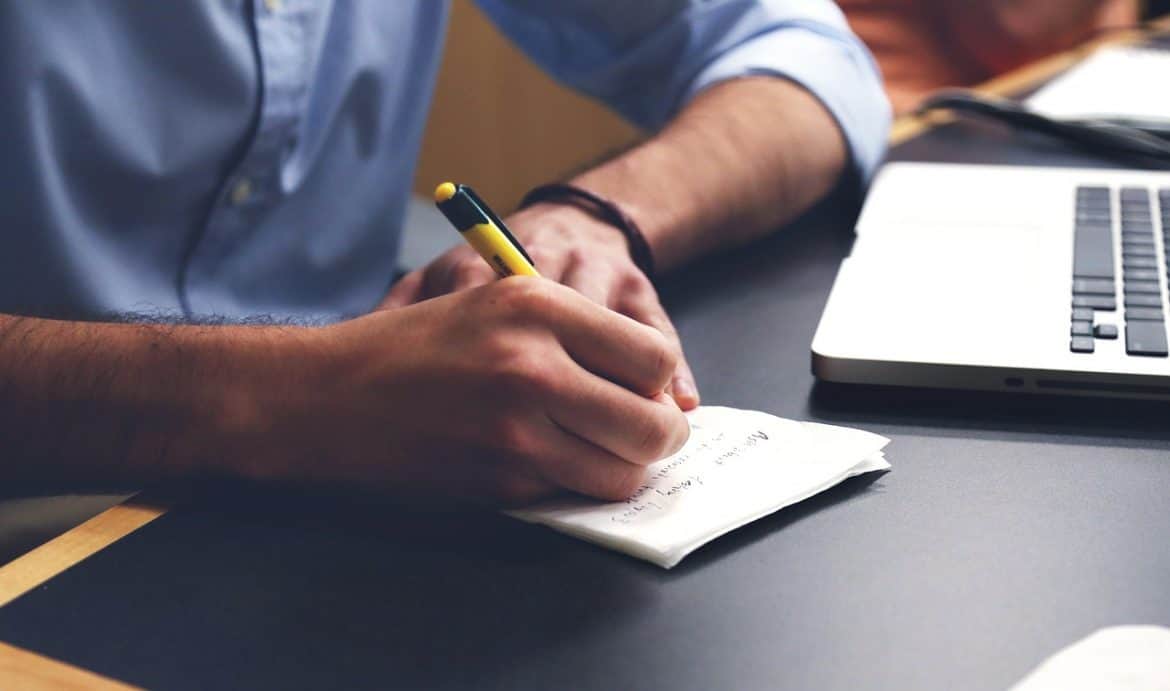You can’t ever be 100% sure you are doing the right thing for holdup prevention, criminals are individuals and individuals can’t be lumped into an all or nothing formula. However, in my experience as a prison guard that liked to talk, I learned a lot about the mindset of those criminals that got caught. If […]
Month: February 2017
How to Stop Home Improvement Fraud
Home repairs and improvements can be costly. Watch out for home improvement fraud if: Somebody offers to do an expensive job for an unusually low price A company offers to make a “free” inspection If the person wanting to do the repairs “just happened to be in the neighborhood”. The most popular home improvement frauds […]
How to Insure a Safe Hotel Room
A clean and safe hotel room should be easy to find, but they are not always as prevalent as they should be. It’s a scenario familiar to any business traveler. Your airline flight was delayed, the cab line at the airport was endless and check-in was a mess. Jet lag has struck. It’s very late, […]
Disaster Prepping Around The Globe: The World’s Riskiest Places To Live
When prepping for a disaster, it is important to understand all the different risks which can be faced. Also the effects those disasters can have. Looking after yourself during a tornado requires very different action to surviving a flood. Being prepared for different types of risk is crucial. You also need to understand the levels […]
How to Make a Family Disaster Plan
A prearranged plan is easier, safer and more effective than reacting “from the hip” in what is by definition a life-or-death situation – especially in a multi-person household or business. Without a plan, you may have people going in as many different (and opposing) directions as you have people going. Because of this, making a […]





